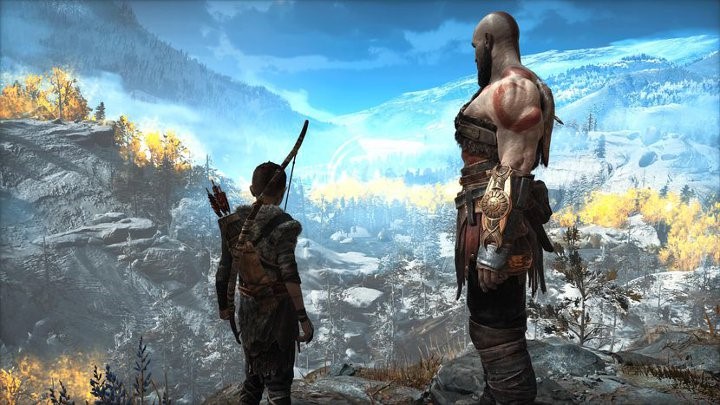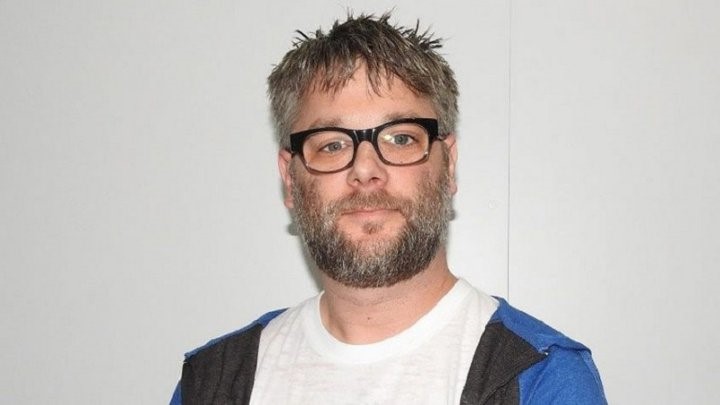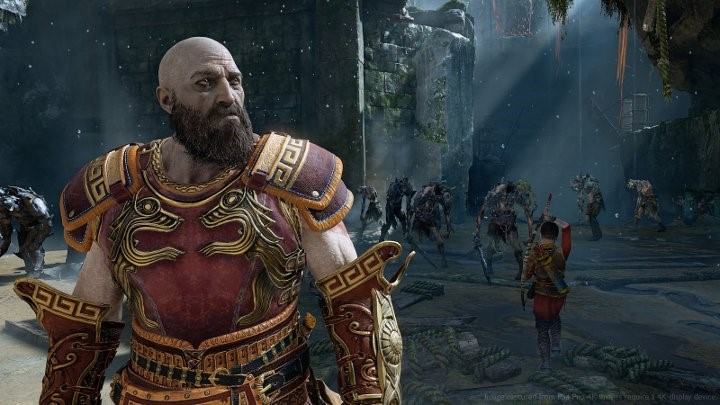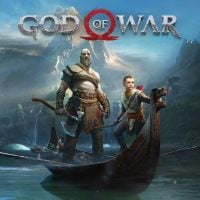God of War director: we cannot compete with Rockstar's open-worlds
Cory Barlog, the director of God of War, explains why Santa Monica shouldn't compete with Rockstar.
During the various summaries of 2018, the most exciting thing among many gamers is the duel between Red Dead Redemption II and the latest installment of the God of War series. One example is the recent Game Awards gala. Although both productions are top-quality, in several apects this rivalry is reminiscent of David's fight against Goliath. On the one hand, we have a company with thousands of employees and, on the other, a much smaller in-house team of Sony. As revealed by Cory Barlog, the director of the latest installment of the franchise, in an interview with VentureBeat, this is the main reason why Santa Monica will never be able to compete with Rockstar when it comes to open-world games.

Quoting Barlog himself:
We were 300 people at our peak. I think they [Rockstar] were closer to 4,000. At the time I thought the 1,600 that Ubisoft had on Assassin’s Creed was a lot. To do these things, to do the complexity they have, you just need a lot of people. For us, not only do we not want to invest in that aspect of it, but to me the world needed to feel large, and not empty, but with surprising moments of discovery. It could feel like there were areas where there’s not a lot going on, and then all of a sudden an entirely new level opens up that you weren’t directed to, that you just discovered.
The example of Guerrilla Games, another in-house Sony team, slightly contradicts Barlog’s opinion. The Dutch studio does not employ more than 300 people either, and in Horizon Zero Dawn they have managed to create a quite convincing open world.

In any case, in their latest work the team at Santa Monica studio eventually chose the third option – the so-called "wide linearity", which gives some freedom of exploration, but still has a predefined leading framework. Back to Barlog:
Once we started saying wide linear—I didn’t have a term for it. One of the level designers actually started saying that. That was a good way to describe it, because I kept saying, “not open world.” That’s the worst way to describe something, to say what it’s not. It’s better to give a good picture.

According to Barlog, the slightly greater opening of God of War gave the players a chance for more activity, also outside the title.
It was hard for people to understand that, one, I wanted them to do work that might not be seen (…) “You worked hard on this, and 50 percent of players might not see it.” I think that’s okay, because that 50 percent might be told by their friend, “Did you find this?”(…).
That was my experience with Zelda. I talked to other kids at school, and all of a sudden I’d find out that if you put a bomb next to a wall over here you’d find a secret. Those kinds of shared experiences, the sense of feeling like you’re the one discovering these things in the world, that’s very important. But the cost of entry for open world, the gambling systems and territory control—it wasn’t in the cards.
At this point you can ask yourself a question – if the team at Santa Monica had the necessary manpower and decided to create a new God of War on a huge, open-world map, would it be good for the game? We believe that opinions on this subject would be divided.
- God of War official website
- God of War review – Kratos is back and better than ever
- God of War game guide
